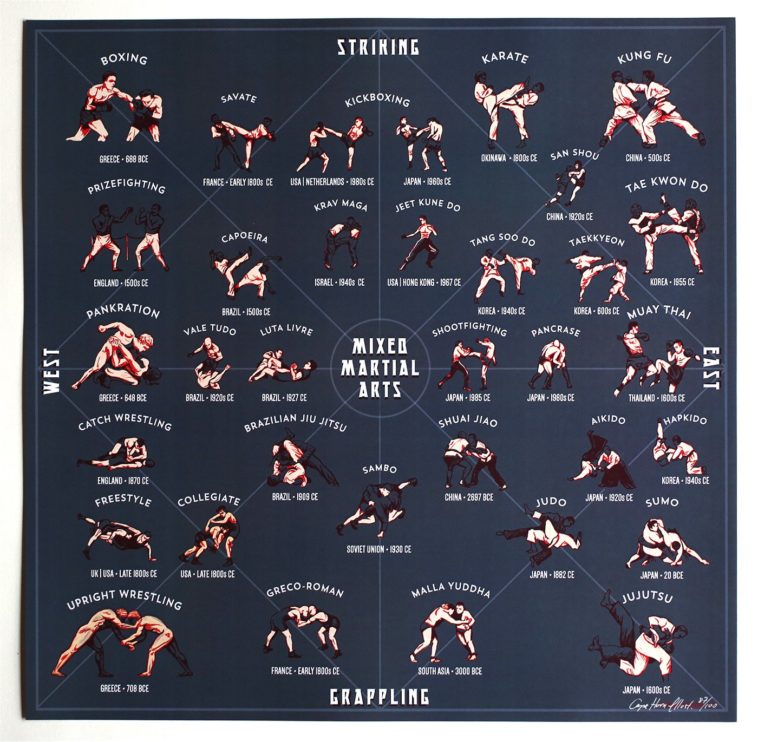Typical Martial Arts Vs. Modern Battle Sports: Recognizing The Trick Distinctions
Typical Martial Arts Vs. Modern Battle Sports: Recognizing The Trick Distinctions
Blog Article
Composed By-Bright Brady
When you consider martial arts, do you lean more towards the standard practices or the contemporary fight sporting activities? Each path supplies special advantages and experiences, formed by their approaches and training techniques. what martial art should i learn and self-control, while contemporary fight sporting activities focus on competitors and efficiency. Comprehending these differences can guide you in selecting the right technique for your journey. However exactly how do these distinctions manifest in training and ideology?
The Ideology and Background Behind Conventional Martial arts
While many individuals connect martial arts with physical combat, the philosophy and history behind typical martial arts run much deeper. You'll locate that these techniques stress personal development, self-control, and respect.
Stemming from ancient techniques, standard martial arts were typically developed for Self-Defense and spiritual advancement. They embody principles such as equilibrium, harmony, and self-discipline, assisting practitioners beyond mere battling skills.
As https://martial-arts-happy-kids87543.blogrenanda.com/41430774/getting-expertise-about-the-cognitive-and-affective-development-in-young-martial-artists educate, you'll not only find out strategies however likewise obtain understandings into the culture and worths that formed these arts. The routines and traditions, often given via generations, promote a feeling of neighborhood and belonging.
The Affordable Nature of Modern Battle Sports
Modern battle sporting activities have changed the landscape of martial arts into an extremely affordable field, where athletes face off in an examination of skill, method, and endurance.
is martial arts good for kids with anxiety 'll discover that competitors are commonly arranged with strict guidelines and laws, making certain justice and safety. These occasions draw in large audiences, sustaining the excitement and intensity of matchups.
Athletes train rigorously, not just for physical expertise however likewise for psychological toughness, understanding that every information counts in the ring. The adrenaline rush during competitors is palpable, as competitors push their limits to assert triumph.
Fans value the athleticism and virtuosity included, making modern fight sports a thrilling phenomenon that remains to advance and mesmerize fanatics worldwide.
Training Techniques and Strategies: A Comparative Analysis
The competitive atmosphere of modern fight sports needs innovative training techniques that differ significantly from typical martial arts.
In contemporary training, you'll concentrate on particular techniques, sparring, and conditioning, often utilizing drills that simulate actual battle scenarios. You'll see an emphasis on measurable performance and constant competition to evaluate your abilities.
On the other hand, traditional martial arts prioritize types, katas, and thoughtful teachings, typically highlighting discipline and respect over competitors.
Training is usually much less extreme and might entail repetitive practice instead of real-time sparring.
While both techniques build skill and physical fitness, modern-day fight sporting activities offer a much more dynamic and adaptable training environment, preparing you for immediate challenges in the ring or cage.
Pick the path that straightens with your objectives and interests.
Final thought
In choosing between traditional martial arts and modern combat sporting activities, it really boils down to what you value a lot of. If you're searching for personal development, discipline, and a sense of area, traditional arts might be your finest fit. However if martial arts for overweight adults grow on competition and real-time difficulties, modern combat sports could be the way to go. Ultimately, both courses use distinct benefits, so it's everything about aligning your training with your individual goals and passions.
